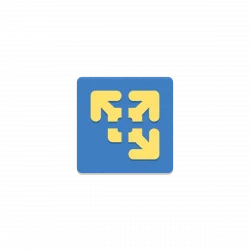Linux world got some big updates, such as XFCE 4.20, RHEL 10.0 Beta, and Linux Mint 22.1 Beta, in last days. While, many free open-source apps also released updates recently you may care about.
And, here I’m going to introduce some of them for you. They include Audacity 3.7.1, GNU Octave 9.3.0, Scrcpy 3.1, VS Code 1.96, and TeXstudio 4.8.5.
















